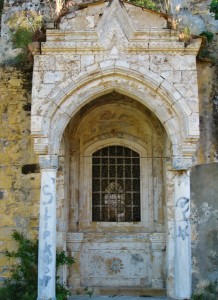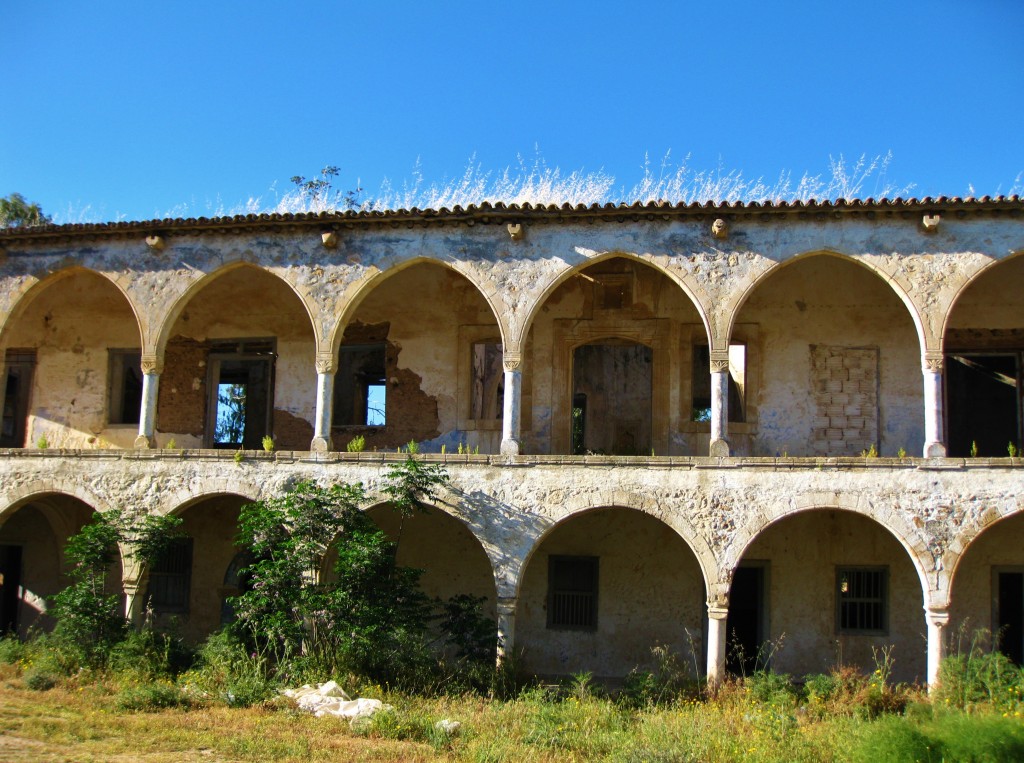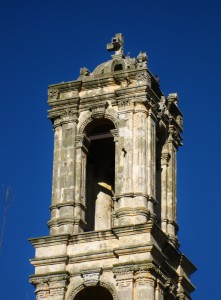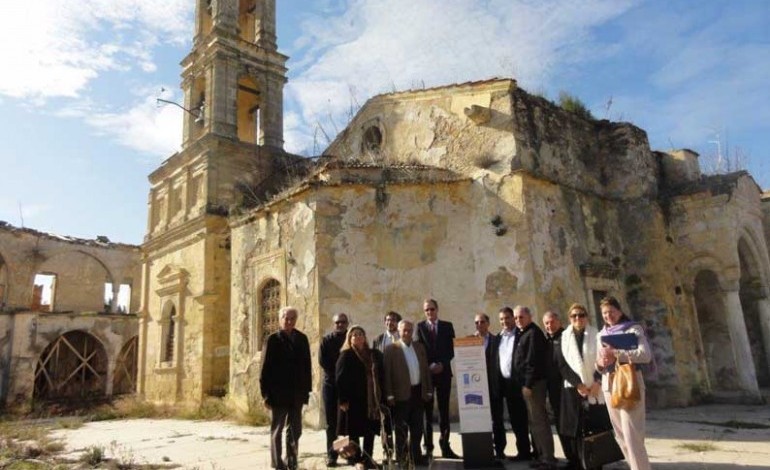Work is under way on a £580,000 conservation programme for the historic Ayios Panteleimonas Monastery in Çamlıbel. Part of the UN’s Development Programme (UNDP), its restoration is fully-funded by the European Union.

The project was first announced on 18 April (International Day of Monuments) by Cyprus’ Bi-Communal Technical Committee on Cultural Heritage. The Çamlıbel monastery is one of four major cultural heritage monuments being restored in the North, the other three being Othello Tower and citadel, Venetian Walls surrounding the Old City in Mağusa, and Apostolos Andreas Monastery in Dipkarpaz.
Until 1974, the Ayios Panteleimonas Monastery, which is believed to have been founded around 1600 AD, was one of the most important pilgrimage sites for Greek Orthodox Christians on the island.
Ali Tuncay, the Technical Committee’s Co-President, said: “This monument is not Greek Cypriot or Turkish Cypriot: it belongs to humanity.”
He went on to say that renovating the Ayios Panteleimonas Monastery, located in northwest Cyprus, will not only help to improve trust between the Greek Cypriot and Turkish Cypriot communities, but it will also help the Turkish Cypriot economy in the surrounding area through visits from pilgrims.
The project’s immediate focus is on the conservation of the church itself, the removal of dangerous collapsed portions and consolidation of the monastic buildings, as well as rain water management and upgrading the courtyard. Among the urgent works currently underway are the stabilisation of the monastery, conservation of wall paintings inside the church and repairing the church roof.

Currently, the extensive site can only be seen from the outside as work is in progress. When T-VINE first inspected the monastery in March of this year, it was clear that many thousand of Euros would have to be spent simply to arrest the existing decay due to its neglect since the 1974 War in Cyprus.

One set of buildings is braced throughout with timbers, which will probably all have to be replaced by concealed steel beams. The wall of another range, made of mud brick, is currently leaning in a way that defies gravity. The 18th century bell tower seems to be of more robust construction.
Saint Panteleimon (meaning “the All-Compassionate”) was a physician born in Nicomedia, modern İzmit, in the northwest of Turkey. He was recognised as a ‘go-to’ saint by the sick because of his many healing miracles. Betrayed to the Emperor Diocletian because of his Christian faith by jealous colleagues, Panteleimon was martyred in AD 305.
The preservation of the Greek Orthodox monastery in the predominantly Muslim North is matched by the Technical Committee’s refurbishment of Islamic sites in South Cyprus. By doing so, the Committee aims to remind both sides of the importance of respecting each others’ sacred spaces and the need to protect their common cultural heritage.
Added translation by Ersu Ekrem. Main photo from UNDP, taken at the site in November 2015




